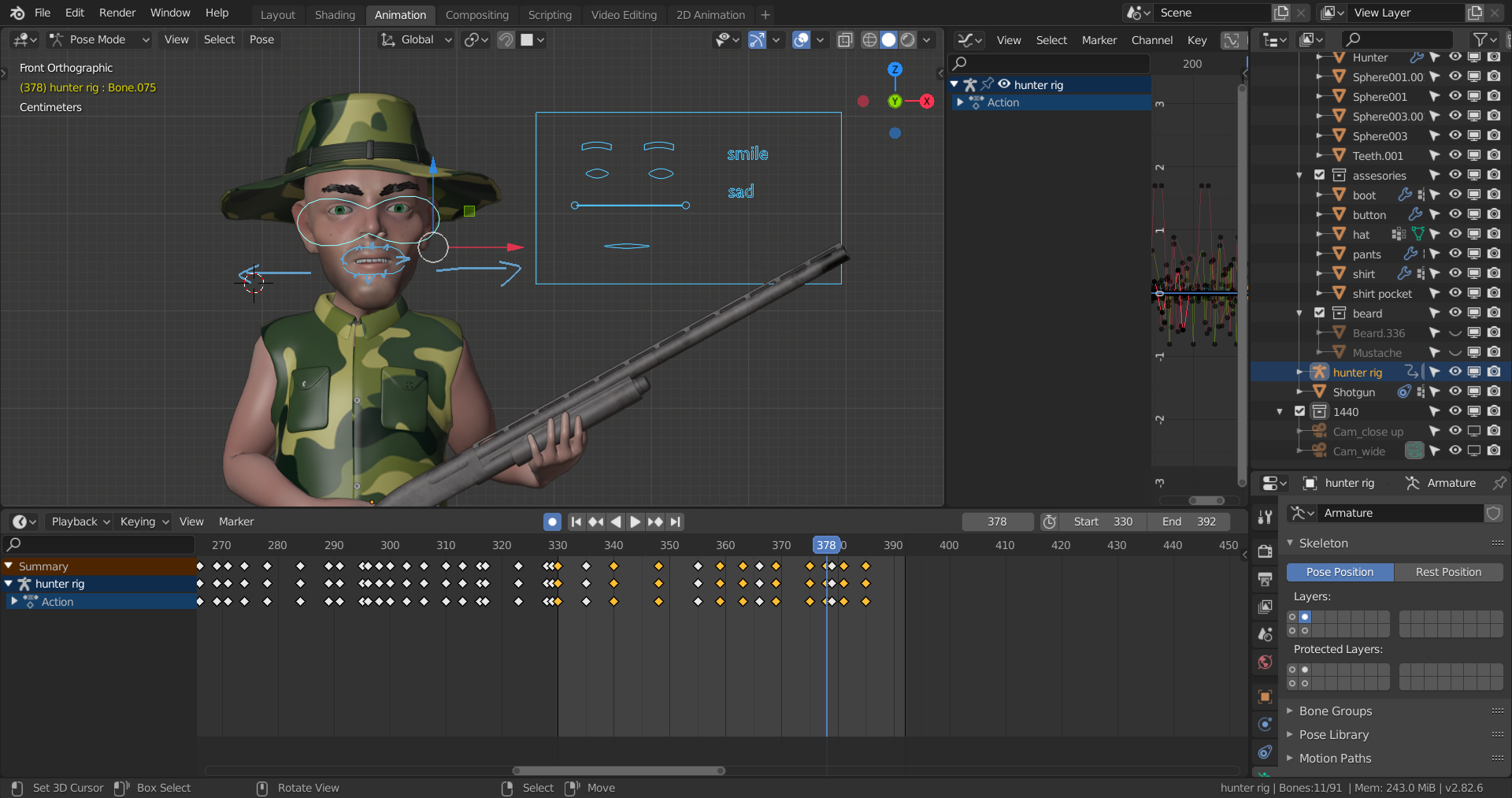
#BLENDER ANIMATION SEQUENCE HOW TO#
what i think i need for a properly animation with textures is keyframing the image sequence in actions/dope sheet window, but i can’t find how to do this, i see options like animate the offset or the position, but nothing related to the sequences.ġ.- Can’t visualize the texture animation in Blender/Game RenderĢ. Offset: 0 - Because i want the first image being the first frame of the animationįields: 2 - As far as i understand 2 is the average number for 24 fps, while 4 is 12 fps, more or less.Īfter all this, the animation is somehow working by pressing play button or with arrow keys, but trying to render the animation or pressing P for Game Engine only shows a static version of the supposedly animated texture. Start:1 - Because i want the sequence start at frame 1 (1)Frames12 (assuming that each frame is an image of the sequence and the number between parenthesis is the current frame ) Image options: Premultiply, Mapping: UV Flat, Image Sampling: not alpha and box filter, not mipmap and no interpolation, influence in color only A Texture with Sequence/Video Type, in this case a sequence of 12 images A basic material, merely at it default state org/ see moreIn this tutorial, we will look at how to create shape keys via the action editor and.

An UV Unwrapped object, be it a cube or a simple plane (in GE, animated texture is enabled) obj sequence, which creates new mesh for each frame. Watch it move.I’m working with Synfig and Blender in my small game project, but i can’t properly animate the textures, i have two problems at the moment that i can’t solve yet if i want to use a image sequence as texture or video as well, i don’t have the animated result in Game Render or Blender Render, just a random frame of the whole animation, at the time of testing i have this already setup: If all has gone well, you should now see a fifth box set to “Image Sequence.” Below that, you’ll see the number of frames you have loaded. Navigate to the folder that contains the images you want to use, highlight them all, and click Open Image. Unwrap it and assign it a new material.Then go into the Node Editor and add an image texture. This answer has the relevant Blender 2.8 images, however the solution is the same but the interface is different. The images need to be numbered sequentially for this to work. \begingroup I would not mark this as a possible duplicate because the question was relevant to Blender 2.8 and the old answer demonstrates the solution for an older version of Blender with different interface. Using the variable i will ensure that Processing doesn’t save over the same image over and over again. Setting the X or Y increment to a higher number will give you a more spaced apart grid. You can then use Blender’s Compositor to perform any frame manipulation (post-processing). 3D Models Top Categories Police Outfit Daz3D Clo3D Blender Obj Fbx Blender + pac obj fbx: 4. Blender creates a file for each frame of the animation. The Processing CodeĬouple things to note here. Click Animation to render your scene out to a set of images, where each image is a frame in the sequence.

It can be done with three variables, a while loop, and a for loop. The script is actually not that complicated.

What I love about Processing is that even bad guesses can have pleasing results. Because no one in their right mind would want to draw that by hand.Ī Bit Of Everything has a post with the logic for a static grid, but somehow getting an animated version ate 3 hours of my life.

Animated textures in Blender is a thing! Immediately after finding that out, I set out to script a grid crawler texture in Processing.


 0 kommentar(er)
0 kommentar(er)
